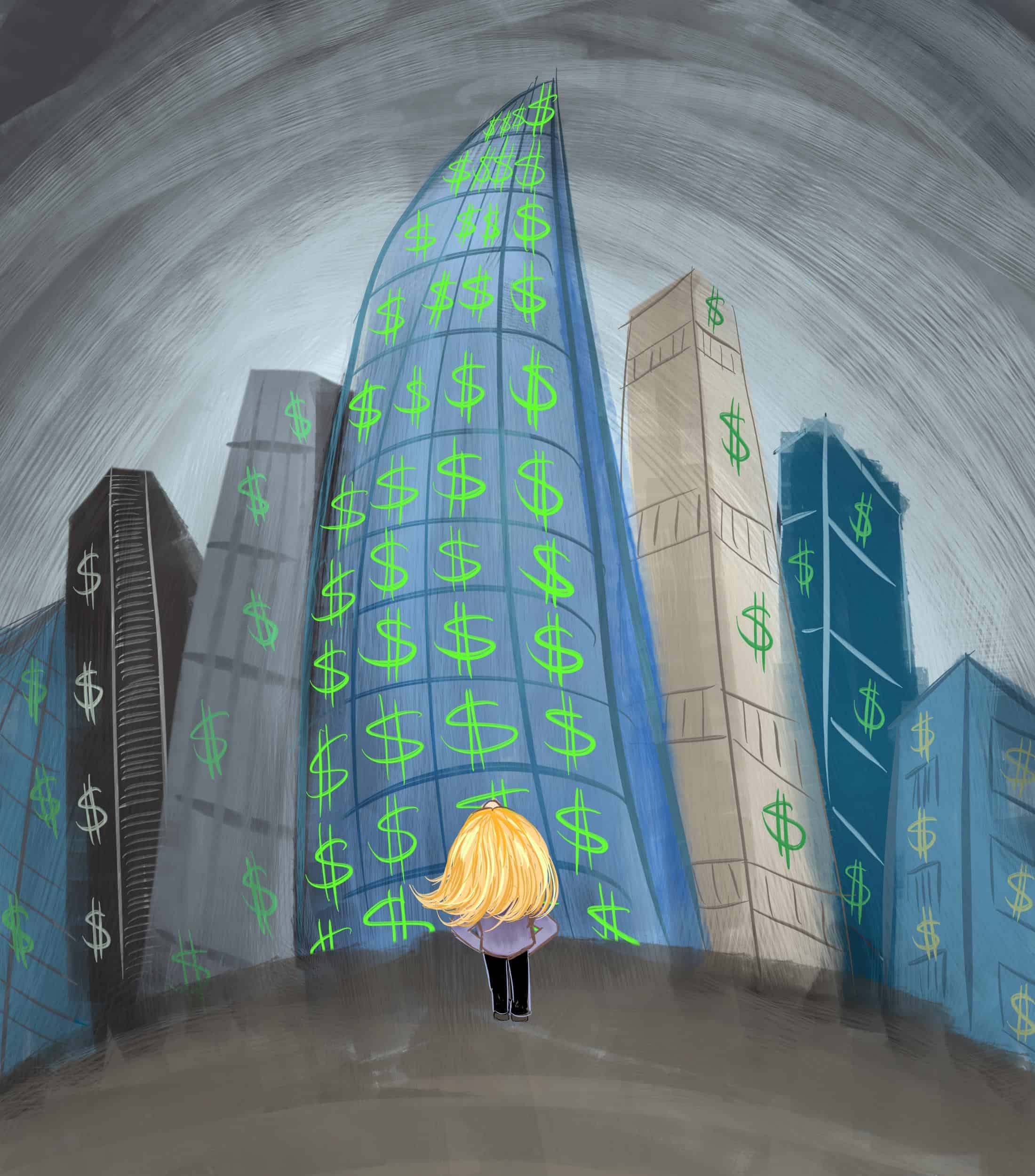The rental market in Toronto remains dismal, with a recent report from Rentals.ca showing that Toronto rents are the highest in the country, especially in the heavily student populated areas around UTSG.
As of October 24, the average monthly rent for a one-bedroom was $2,166, and a two-bedroom was $2,589.
Rentals.ca, a popular website for apartment hunters across the country, also reported that the Ontario average asking rent per square foot was $2.76. Vacancy rates in the city are below two per cent, creating a competitive housing climate among Torontonians.
Being in the centre of downtown, UTSG is surrounded by some of the most expensive neighbourhoods in Toronto, such as Yorkville and the Entertainment District. Average rent in Yorkville, which surrounds most of the northeast corner of campus, was $3,468 a month.
However, escaping downtown isn’t a solution to the rising rents, as the top eight most expensive cities in the country are all part of the GTA, including Richmond Hill, Mississauga, and North York.
Rental prices are being pushed up by the unwillingness to buy, according to the website’s report. Toronto has experienced a housing bubble in the past year or so, therefore making people more hesitant to buy.
In addition, high mortgage credit requirements — along with the recently increased interest rate — is “reducing the credits available, reducing the ability for people to buy. So they’re choosing to rent for longer, so that’s certainly increasing demands in the rental market, which would have gone into the ownership market,” according to Ben Myers, who runs the consulting firm that analyzes the data for Rentals.ca’s housing report.
The problem of rising housing costs is compounded with the issue of minimal options for on-campus housing at UTSG. During the 2017–2018 school year, only 6,616 students were able to live on campus, spread out over 11 residences. U of T boasts a total enrolment of 90,077 students.
Most of the students living on campus are in first year, leaving a vast majority of St. George’s 43,820 undergraduate students to find housing elsewhere. However, it is difficult to pinpoint how many students are renters, since U of T does not release statistics on the number of commuters.
A plan to build a new residence at Sussex Avenue and Spadina Avenue was recently approved by the city, but it will not be completed until 2021.
A new residence is also in the works at Trinity College, tentatively located next to the Gerald Larkin Building. However, it is only in the earliest stages of planning and there is no set timeline yet.
Outside of U of T, the willingness of developers to build condominiums, which create more revenue, is not being met by the same demand. According to Rentals.ca, there simply isn’t enough rental housing being built.
Rentals.ca found that while condos comprised nearly 20 per cent of the listings on the site, they made up only six per cent of page views. Due in part to the prevalence of condos, Toronto is comprised of half owners and half renters, as opposed to the national average of two-thirds owners and one-third renters, said Professor David Hulchanski of the Department of Urban Studies.
Hulchanski also commented on the aging of Toronto’s rental buildings, noting that “existing rental stock is about 40 or 50 years old and getting older. In Toronto, almost half of rental stock is in the form of those clusters of 20-storey high rises that were built in the ’50s, ’60s, and ’70s.”
The most recent complication to the housing situation is the provincial government’s plan to end rent control for new buildings. Current rent-controlled apartments are safe, but there will be no new supply of them. This could cause rents to rise even further, as proprietors of new housing will have no obligation to provide rent-controlled housing.
The myriad of factors that contribute to Toronto’s rising rents, such as immigration and low unemployment, are not likely to dissipate while the city continues to prosper. Toronto is currently experiencing low unemployment at 5.6 per cent. “We’ve really grown dynamically and we are a very successful, desirable city to live in, but we haven’t maintained a fair housing system,” said Hulchanski.


